There are basically three types of bow that are used in archery. Recurve, longbow and compound. Within each bow style there are variations, particularly with the Recurve type of bow. This page will give you some basic information on each style.
Longbow
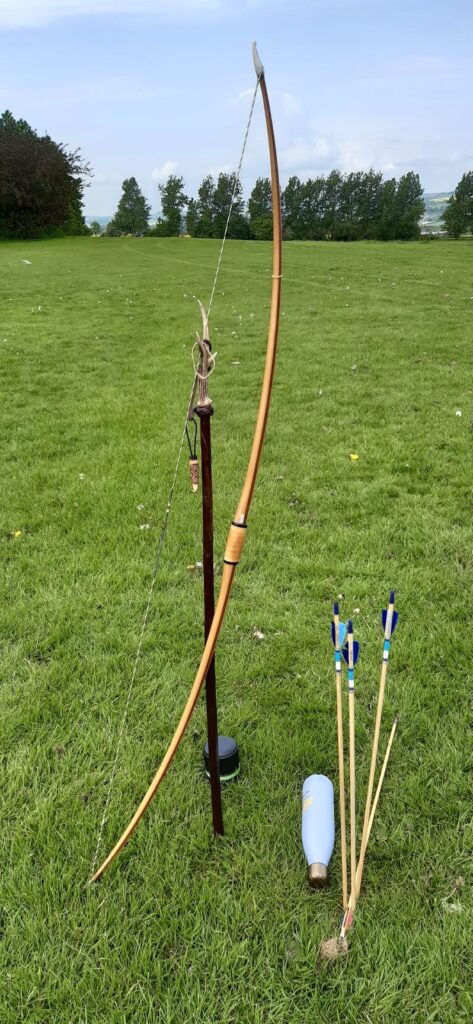
What is recognised as the English Longbow was actually developed in Wales in the 12th Century. When the English conquered Wales in the 13th Century they were very impressed with the longbow and adopted this article of war and used it effectively for about three centuries when it was outmoded by the handgun. In warfare against France the longbow is legendary. History shows that the battles of Crecy (1346), Poitiers (1356) and famously Agincourt (1415) were all won with devastating efficiency by longbow archers.
A longbow is made of wood or bamboo. It can be made from a single piece of wood (self bow) or many pieces of wood glued together (laminate bow). If used for competitions it must have horn nocks and be no less than 5 feet in length. There are several other requirements all of which can be found in the Archery GB ‘Rules of Shooting‘. Arrows must be made of wood and have feather fletchings.
A longbow has no sights but the archer can use one of the following: a mark on the bow limb, a rubber band on a limb or a ground marker.
American Flatbow
An American Flatbow is sometimes referred to as a Longbow, but it cannot shoot in the same class as the English Longbow. It is similar in one respect to a Longbow in that when strung, the string does not touch any other part of the bow except the string nocks. It can be made of any material or combination of materials. The shape of the handle is not restricted. Centre shot is allowed. Arrows must be made from wood. An anchor plate on a finger tab is not allowed.
Recurve Bows
Recurve bows, according to Archery GB, come in three categories: Freestyle, Barebow and Traditional.
Freestyle Bows
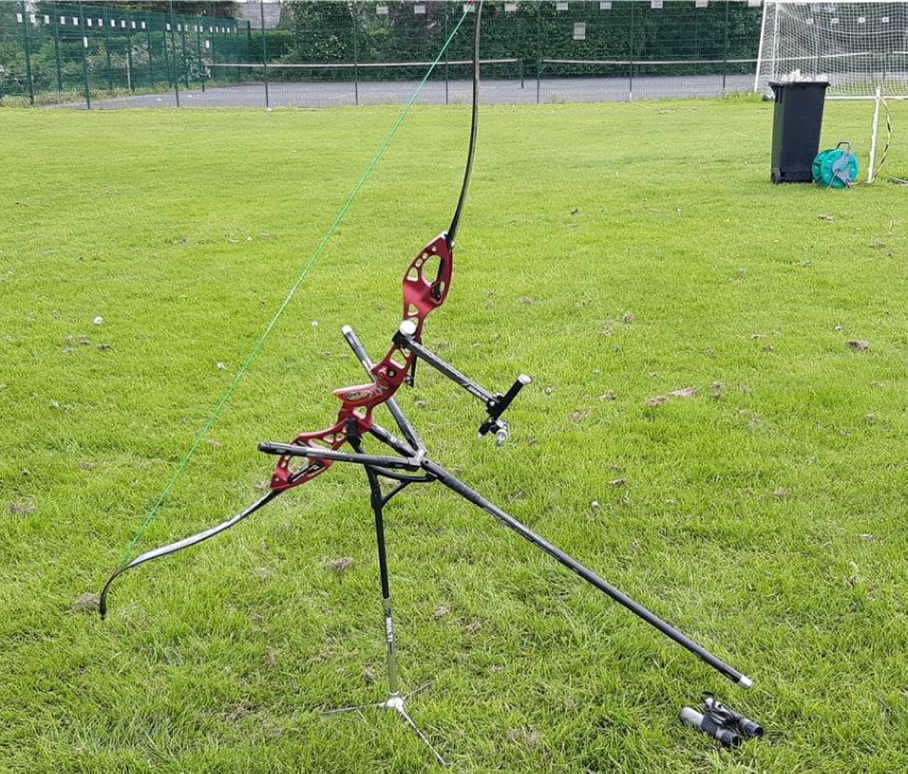
If you have seen archery in the Olympics, the archers are shooting a Freestyle bow. These bows have a central riser (the part the archer holds) and two limbs extending from the riser. The bow is permitted to have sights fitted and also a clicker. A clicker is a small device which enables the archer to draw every arrow to exactly the same length prior to release.
Barebow
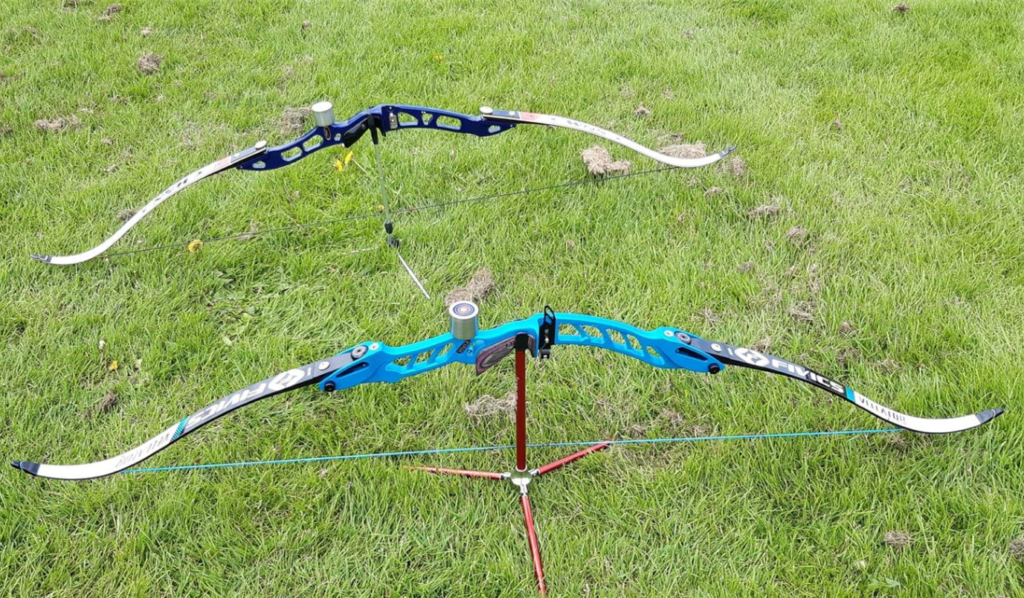
A Barebow is the same as a Freestyle but the archer is not allowed to fit a sight, a clicker or stabilisers. The archer is not allowed to have a ground marker or any marks on their bow. Instead the archer generally aims with the point of the arrow. They may change their anchor point or the position of their fingers on the string to find the most effective aim point, or gap shoot, adjusting the aim point to get the arrows to land where wanted. The tab can be marked with dots or lines to help with this.
A Barebow may have weights and dampeners fitted but everything must fit through a 122mm ring.
Recurve Traditional
This bow is the same as a Recurve Barebow but with additional restrictions. The arrows must be made of wood. The arrow rest must not be adjustable and no pressure button is allowed. The archer is not allowed to change their anchor point or string hold position throughout a competition.
Compound
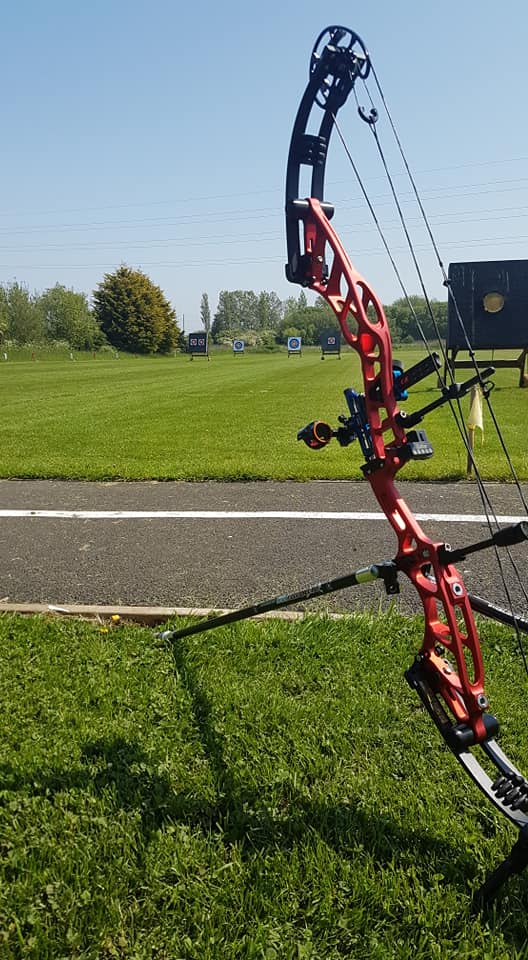
Compound bows use a levering system of pulleys and cables which, once drawn past a certain point, require almost no strength to hold fully drawn. These mechanics make the compound bow faster and more accurate than other types of bow. Modern compound bows are made from materials such as aluminium and carbon fibre. They can have stabilisers and use magnifying sights.
Riverside Archery Club is unable to allow compound bows because there is insufficient overshoot. If you are interested in shooting Compound we can point you to a suitable club.
Other Bow styles
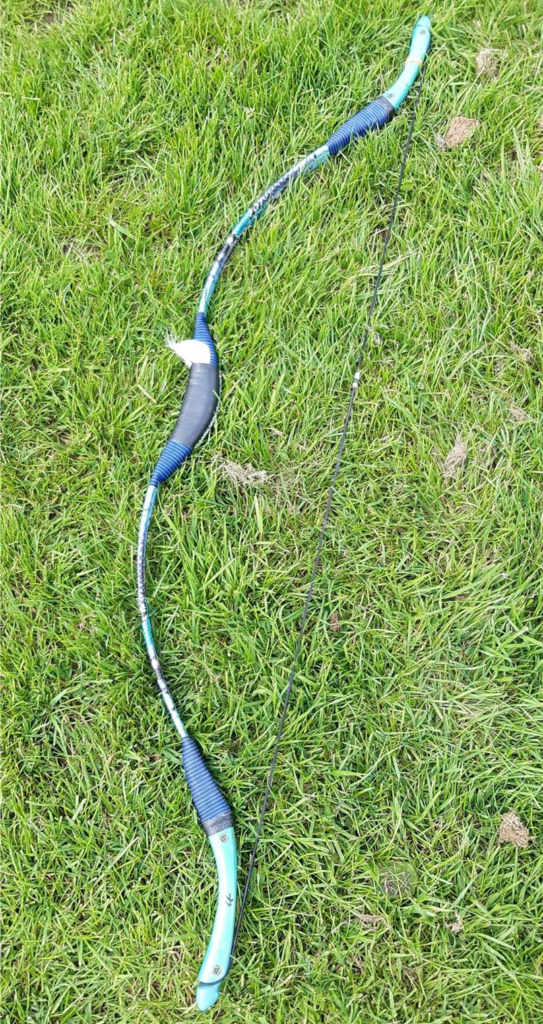
There are many more bows than those described above. Asian bows, horse bows, flat bows, and others. Each have their own particular features and rules regarding their use.
At Riverside Archery Club there is often the opportunity to try a different bowstyle. Many of our members are happy to talk about their various bows so if you are interested in something different, just ask.